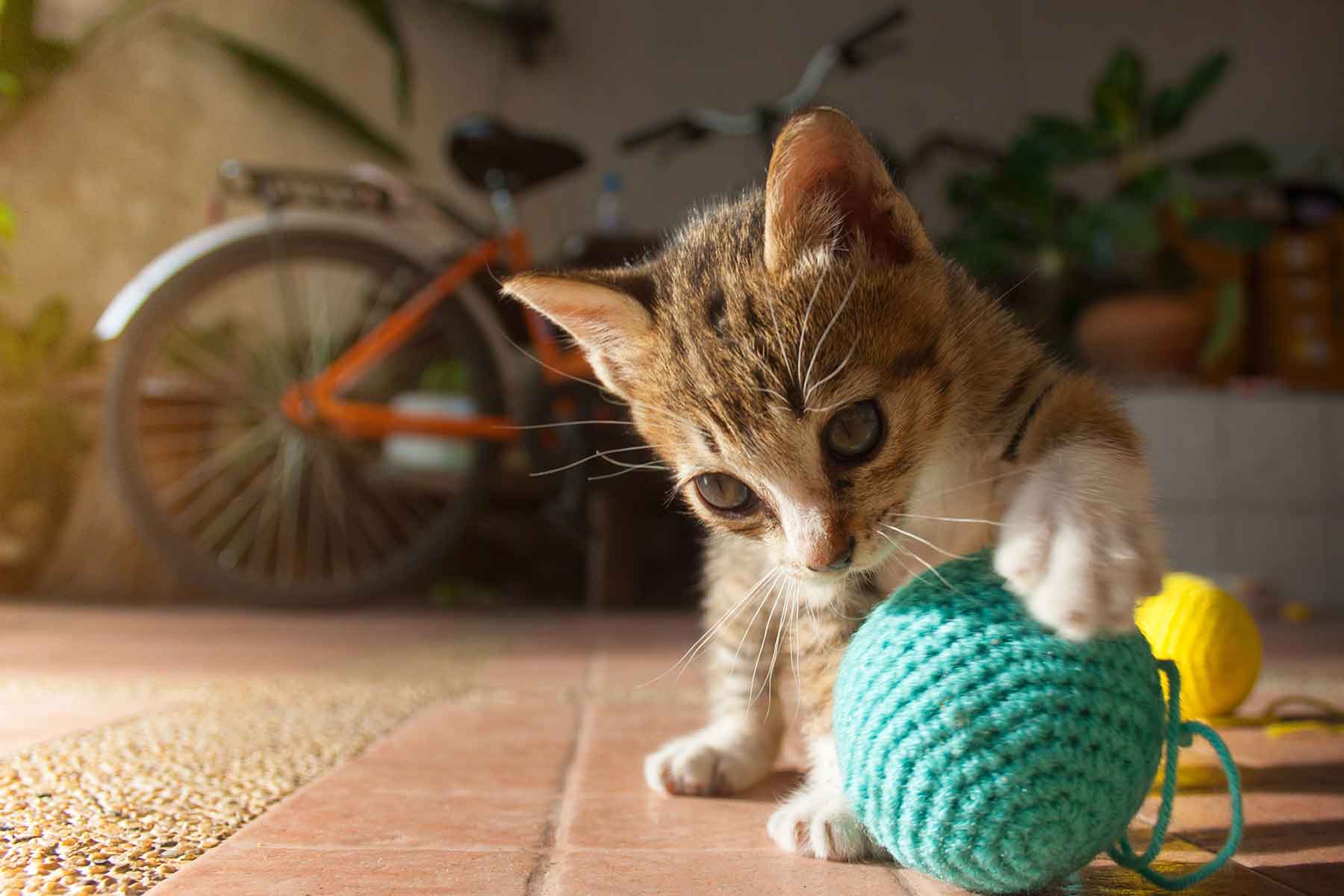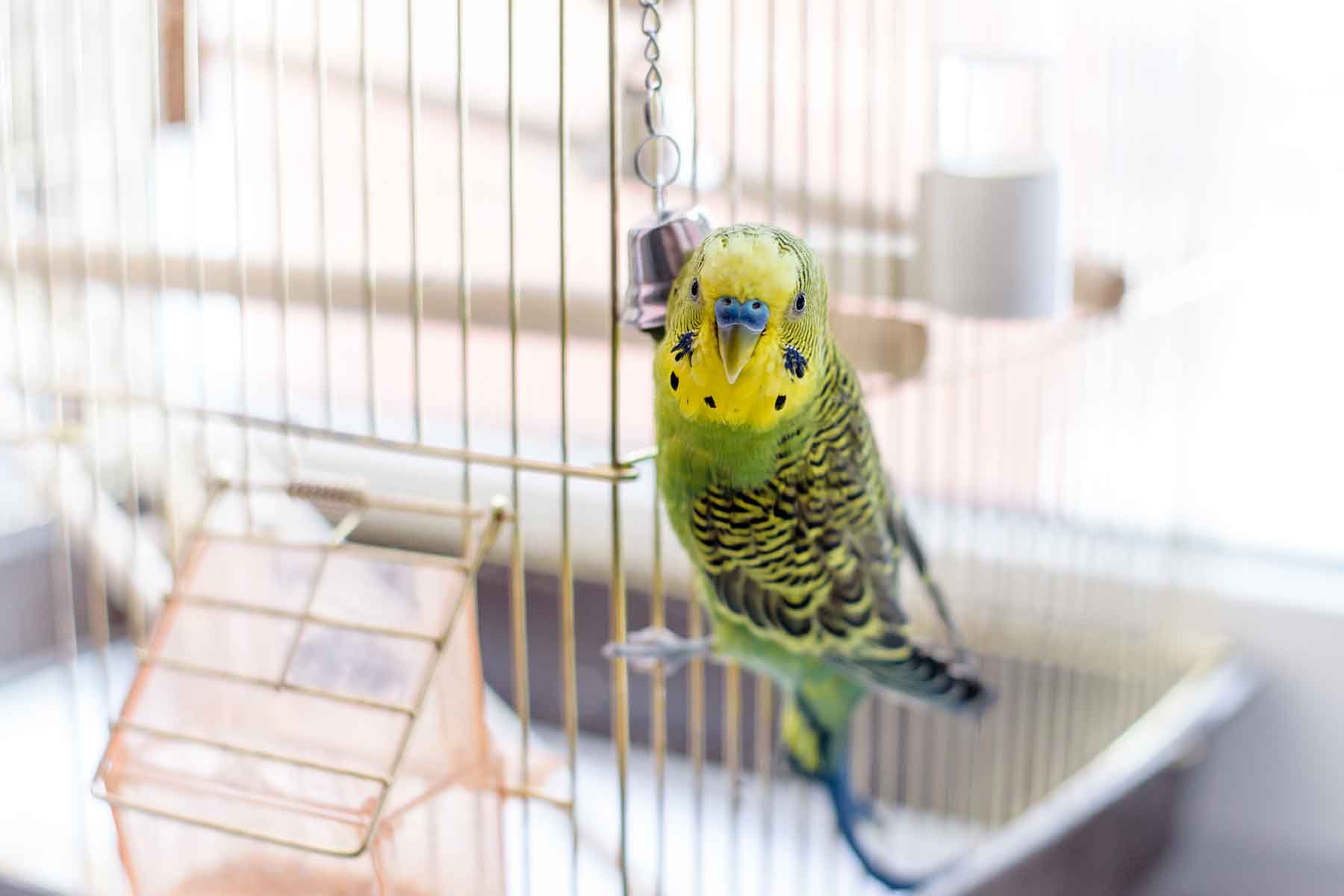Whiskers (also called vibrissae) are a vital part of your cat’s mobility and sense of security. Without whiskers, cats would not be able to achieve such great acrobatic feats or protect themselves from dangerous situations.
Your cat’s tactile hairs may be the most prominent on either side of its nose and upper facial lip. You may be also able to see shorter whiskers above each of the eyes (like eyebrows).
Touch Sensors
Whiskers are actually touch receptors. They are connected to the sensitive muscular and nervous systems, sending information about the surroundings directly to your cat’s sensory nerves, helping your cat to detect and respond to changes in its surroundings. Your cat’s whiskers act as guidance, tracking and radar systems. Cats use their whiskers in the same way that we use the touch receptors in our finger tips to feel our way around in the dark, and to alert us to potentially painful situations.
Your cat’s whiskers not only help it to gauge whether it can fit into a tight space, they also serve as a way for cats to visually measure distance, which is why they are able to leap so quickly and gracefully onto a narrow ledge or out of harm’s way.
Your cat’s whiskers should never be trimmed or cut off! Without their whiskers, cats can become very disoriented and frightened. Cat whiskers shed and grow back naturally, and should be left alone.
Communication
When tense or highly alert, every hair on your cat’s body will be standing on end and will point almost completely forward, whereas when your cat is relaxed the whiskers point directly out and are less spread.
A frightened/nervous cat may flatten the whiskers against the side of the face and bunch them together.
When your cat is playing with you or chasing a toy, you’ll notice its whiskers are pointing forward. This is probably a sign that your cat is in hunting mode.











